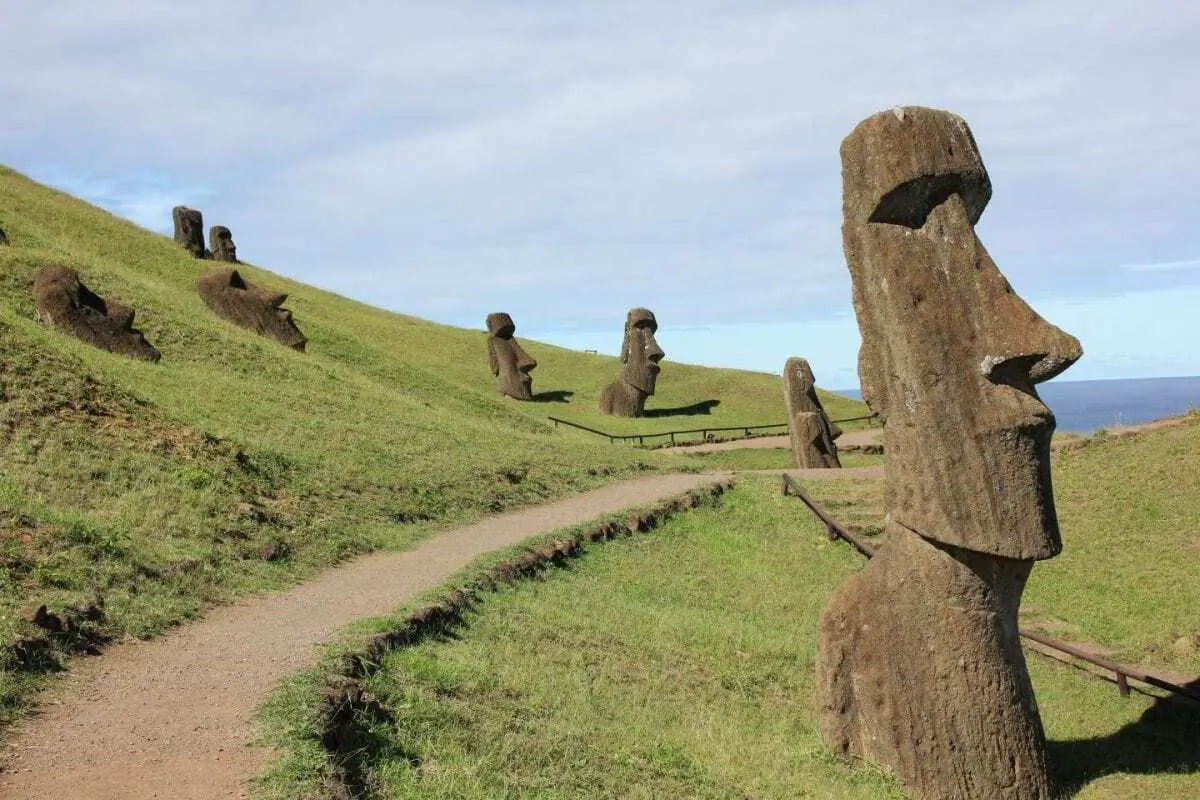The main hypothesis suggests that 1000 years ago deforestation in Easter Island was due an overexploitation of the natural resources by humans, who caused the meltdown of its ancient peoples.
A research team from the University of Barcelona (UB), the Institute of Earth Sciences Jaume Almera (ITCJA-CSIC) and CREAF is working on the ecologic and cultural change that occurred in Easter Island, according to a scientific article published in Frontiers in Ecology and Evolution.
The assumptions suggest that deforestation in Easter Island was gradual and not only by human force, according to the article in which Núria Cañellas –from the Department of Prehistory, Ancient History and Archaeology- and Alberto Sáez –from the Department of Stratigraphy, Palaeontology and Marine Geosciences of the University of Barcelona- have participated along with Santiago Giralt (Institute of Earth Sciences Jaume Almera, ITCJA-CSIC), Olga Margalef and Sergi Pla (CREAF).
A gradual progress through time
Scientists who study the environmental changes from the past usually use lake records. By drilling in and analysing the lake scenery over the years it can be seen, for instance, their chemical composition or pollen content. Thanks to this procedure they can infer the landscape conditions at the moment in which the sediments were placed.
The article reveals that up to now, the hypothesis about the ecologic and cultural meltdown were based on the incomplete analysis of lake scenery records on pollen— in which there was a replacement of palm trees for grass fields some centuries before the Europeans arrived in 1722.
The authors of this study stress that thanks to their new studies, they have reconstructed what happened on the last 3.000 years without interruptions in the timeline. Therefore they can prove that deforestation was not immediate but gradual, and it did not happen in the entire island at once.
Moreover, new evidence proves that there were climate changes at that time too -such as droughts that could have played an important role in the deforestation and insular society.
Climate, ecologic and cultural changes
In order to explain the changes that took place in the island, it would be necessary to have a synthetic view on the climate, ecologic and cultural changes and not only on human overexploitation. “This makes us doubt about the classical interpretations of ecologic and cultural deterioration caused only by humans”, says Valentí Rull, researcher in ICTJA-CSIC and author of the case study. According to what he said, all these recent findings question the traditional hypothesis on the history of Easter Island, and particularly the existence of an ecological and cultural meltdown caused by the ancient society in the island.







